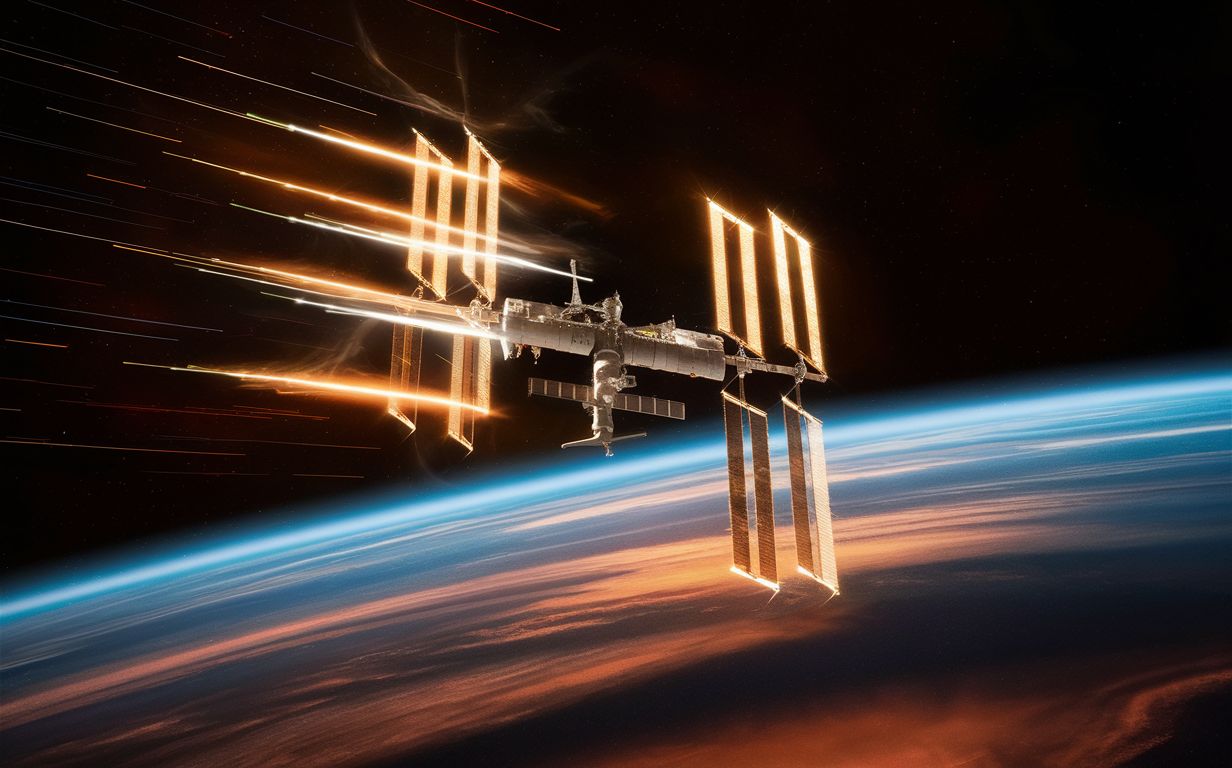Follow us on Google News (click on ☆)

SpaceX will develop a special deorbit vehicle to carry out this delicate mission. The station, measuring 360 feet long, 240 feet wide, and 100 feet tall (110 meters, 74 meters, and 30 meters), will enter the atmosphere at over 17,000 mph (27,500 km/h) before plunging into the ocean. This project is part of NASA's strategy to promote future commercial destinations and maintain the exploitation of low Earth orbit, according to Ken Bowersox, associate administrator for NASA's Space Operations Mission Directorate.
Since its first modules were launched in 1998, the ISS has hosted astronauts from multiple countries, conducting over 3,300 scientific experiments in low Earth orbit. However, recurring technical issues and leaks have marked its aging. Additionally, the contracts of the participating space agencies, established post-Cold War, expire in 2030.
The station is also threatened by increasing space debris, as shown by the incident on June 27th. Astronauts had to take refuge in the Boeing Starliner capsule after a fragmented Russian satellite threatened the ISS. Fortunately, operations resumed normally after an hour.
The exact date of the ISS deorbiting remains to be determined. Although 2030 is included in NASA's budget, Steve Stich, manager of the commercial crew program at the Johnson Space Center, states that operations could extend. The ISS will continue its activities until the planned commercial space stations, such as Axiom Space's Axiom Station and Blue Origin and Sierra Space's Orbital Reef, become operational.
The sharing of costs and responsibilities for the ISS deorbiting among the five space agencies remains unclear. In 2001, Russia successfully managed the atmospheric re-entry of the Mir station, with its fragments falling into the Pacific Ocean. This precedent could provide valuable insights for the upcoming mission.